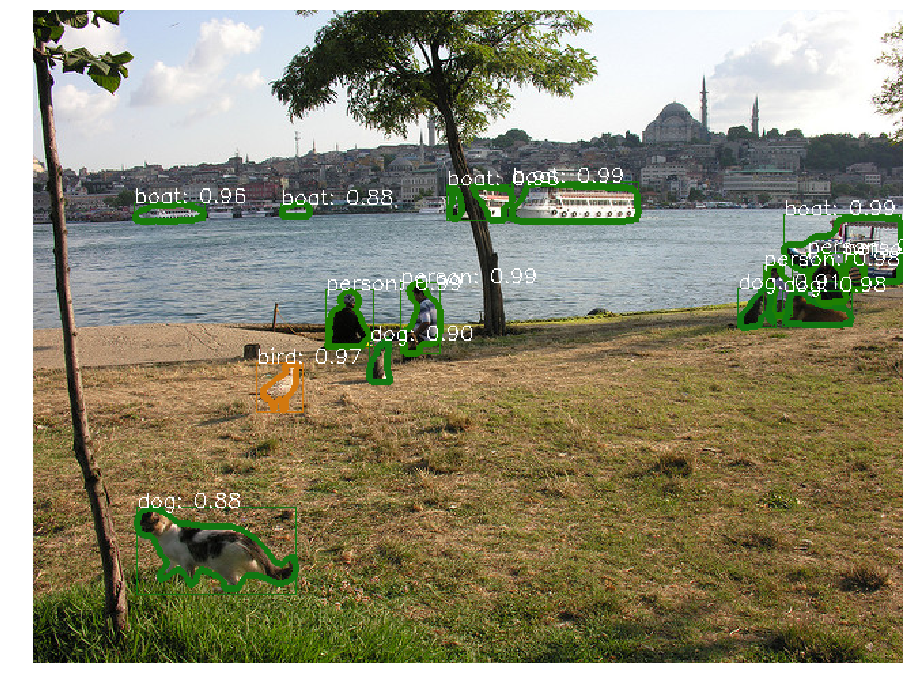Robust Nucleus Detection from Microscopical Image with Partially Labeled Exemplars
Quantitative analysis of cell nuclei in microscopic images is an essential yet still challenging source of biological and pathological information. The major challenge is accurate detection and segmentation of densely packed nuclei in images acquired under a variety of conditions. With sufficient training examples, Mask R-CNN-based methods have achieved state-of-the-art nucleus segmentation. However, the current pipeline requires fully annotated training images, which are time consuming to create and sometimes infeasible because of the noisy nature of microscopic images. Importantly, nuclei often have similar appearances within the same image; this similarity could be utilized to segment nuclei with only partially labeled training examples. We propose a simple yet effective region proposal module for the current Mask R-CNN pipeline to perform few-exemplar learning. To capture the similarities between the unlabeled regions and labeled nuclei, we apply decomposed self-attention to the learned features. On the self-attention map, we observe strong activation at the centers and edges of all nuclei, including the unlabeled ones. On this basis, our region proposal module propagates the partial annotations to the whole image and then proposes effective bounding boxes for the bounding box regression and binary mask generation modules. When trained with only 1/4 of the nuclei annotated, the baseline pipeline gives frequent false negatives, while our approach retains detection accuracy comparable to that of training with the fully annotated data. Moreover, our method can serve as a bootstrapping step to create a full annotation of a dataset, where annotations are iteratively generated and corrected until the predetermined coverage and accuracy are reached. The source code is available at https://github.com/feng-lab/nuclei.
PDF Abstract

